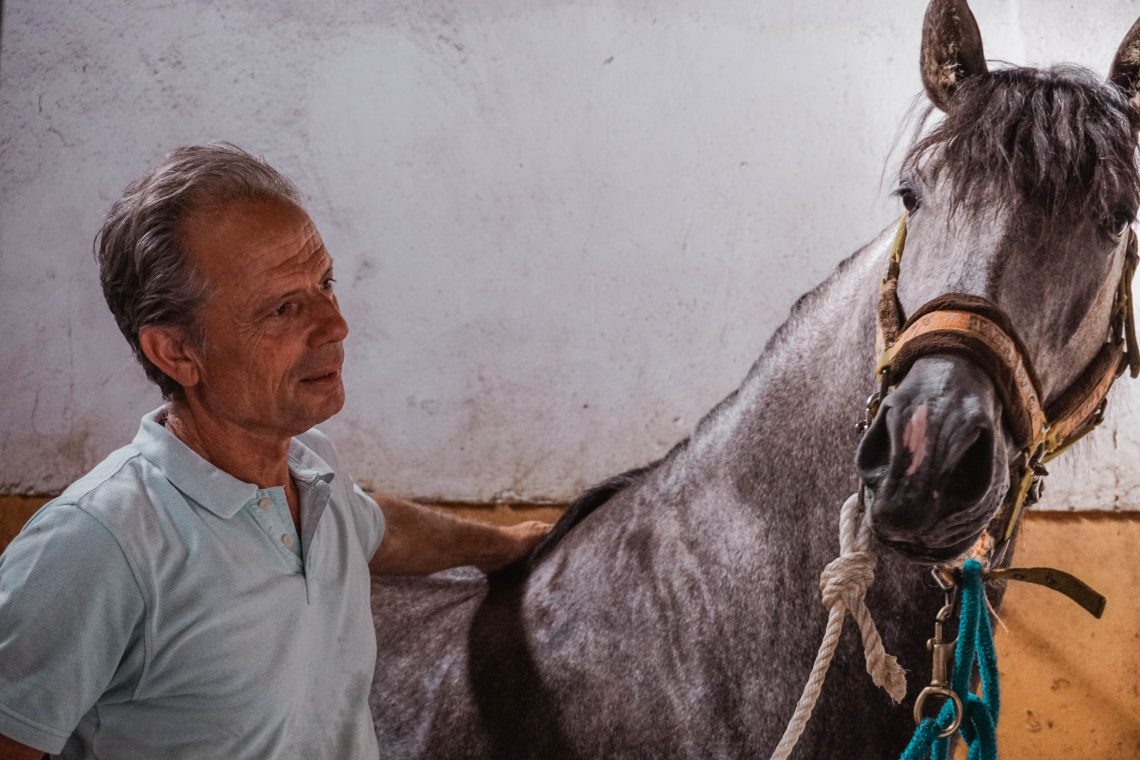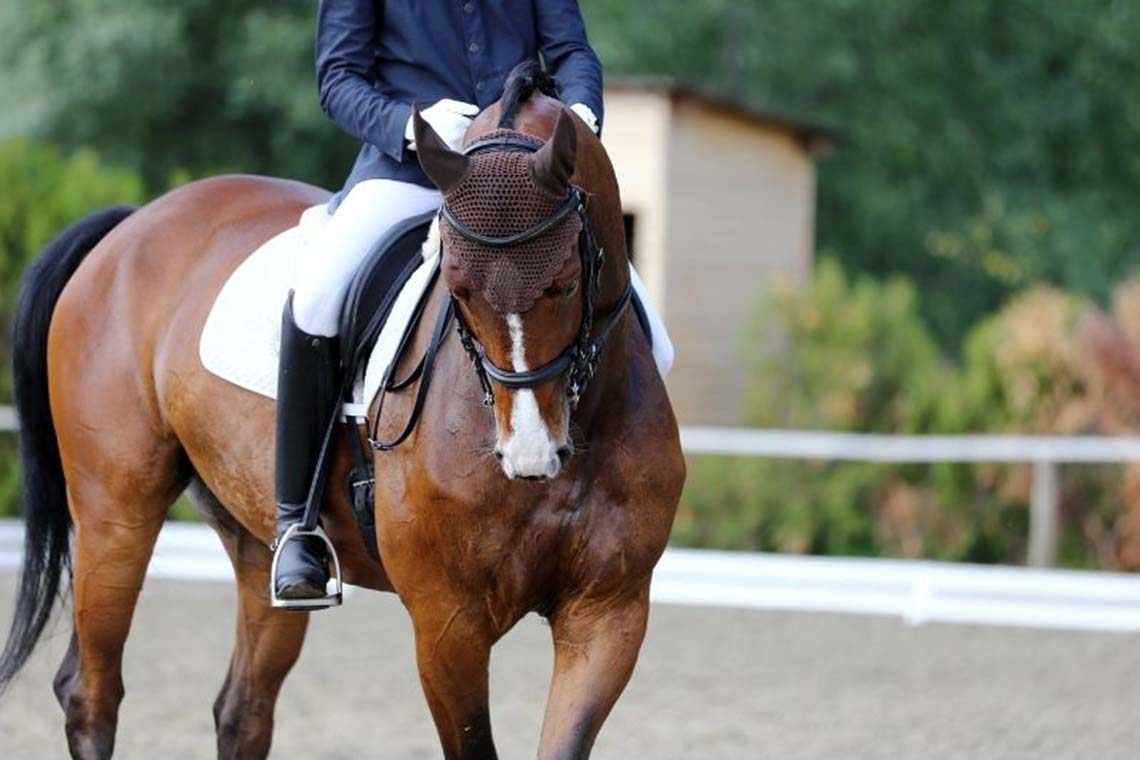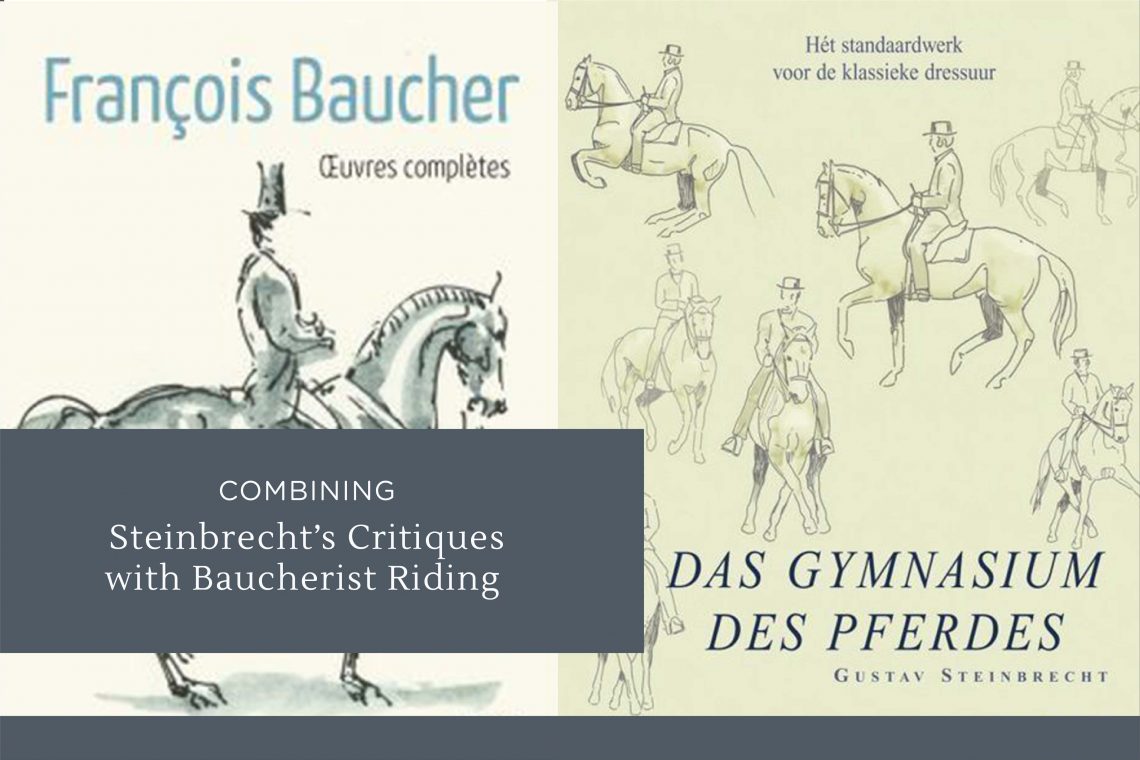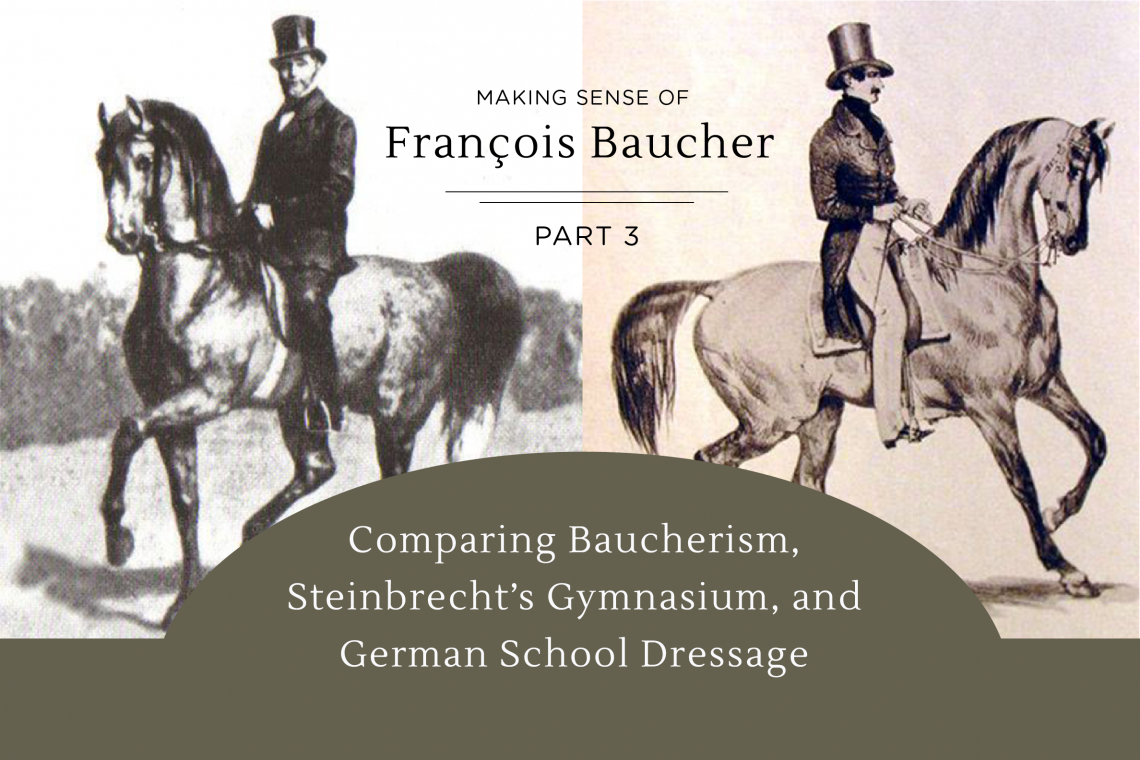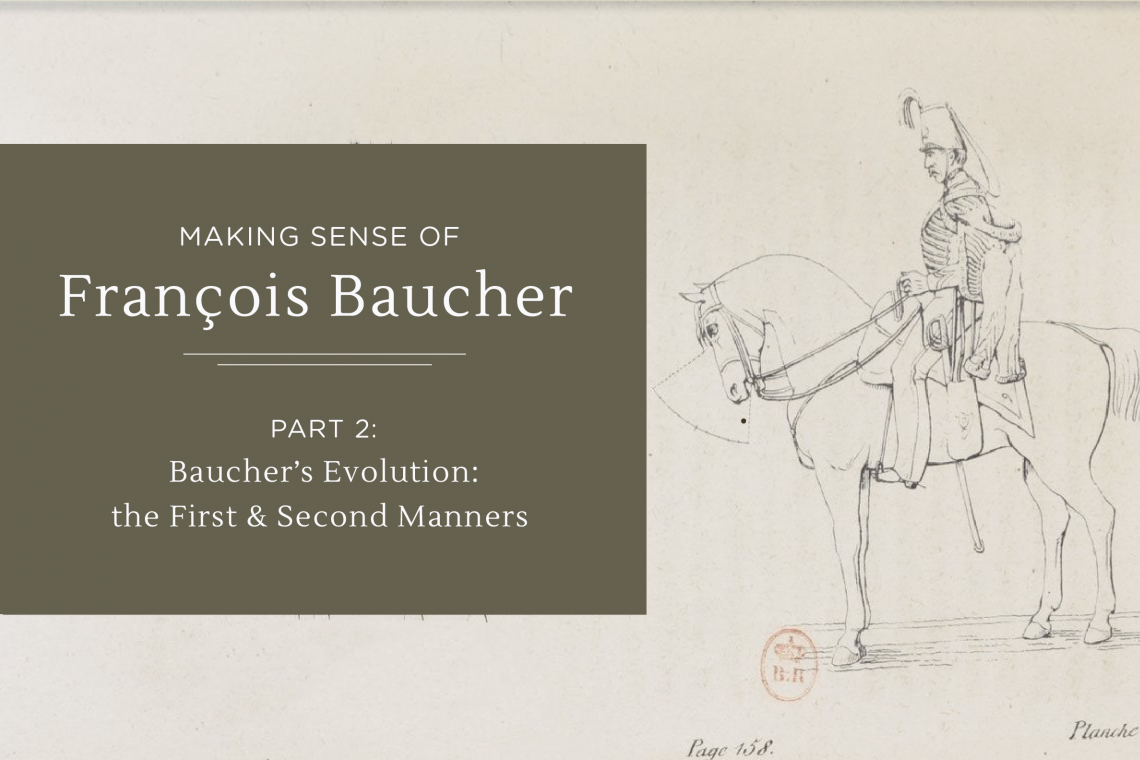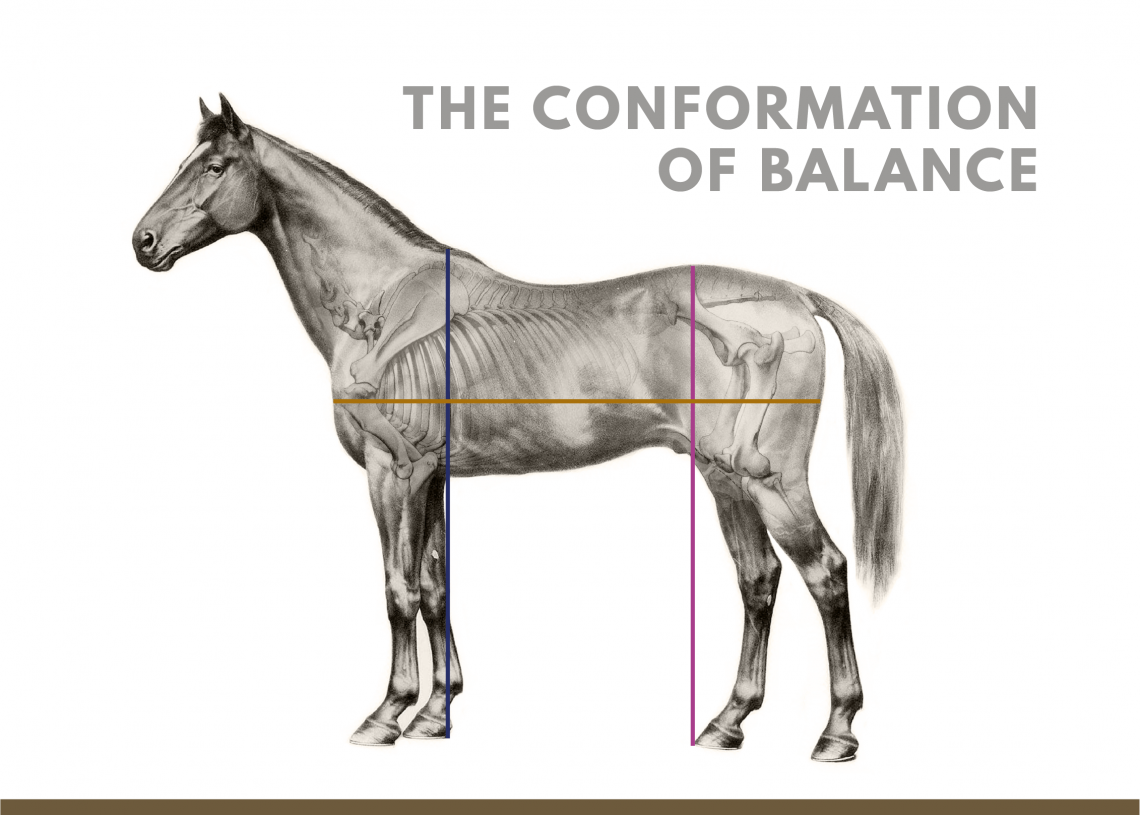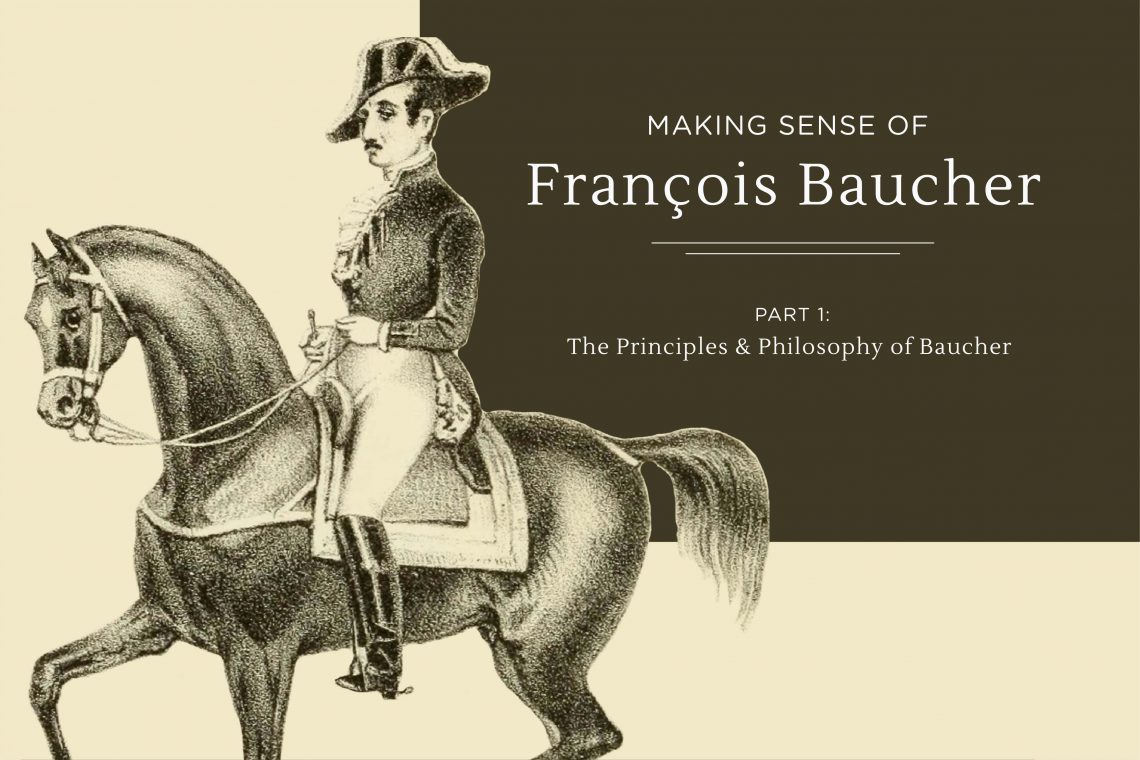-
Christina Wunderlich: Passing on Classical Riding with Vertikal
Working dedicatedly to share her passion and spread the knowledge of classical dressage, Christina Wunderlich is a sought-after trainer and teacher, and the head rider at Oliveira Stables, the now well-known classical stable located in the epicentre of the modern dressage world in southern Germany. With a highly approachable, direct manner and a tireless sense of humour, Christina specializes in training students and horses in what is called Vertikal, a system of classical riding passed on by the teachings of…
-
António Borba Monteiro: Creating Harmony through Classical Riding
If there is one thing that distinguishes a master rider, that results from years and years of working with horses up to the highest levels, it is having an extraordinary sense of “feel.” This intangible quality is invaluable, enabling a rider to simply “know” what is needed in any given moment, and have the ability to harmoniously and seemingly effortlessly influence the horse to bring out its best through training. One rider that truly demonstrates this is António Borba Monteiro.…
-
Straightening the Crooked Horse: What’s your Horse’s Asymmetry?
As with people, horses often tend to be slightly asymmetric. However, many riders don’t realize that challenges they face in their riding can often develop from issues with the horse’s straightness, stemming from this asymmetry. Issues such as the horse pushing in or out in one direction, being heavy on one rein, having trouble picking up one canter lead, or struggling to maintain rhythm in one direction, are just a few examples of the symptoms that can appear due to…
-
Combining Steinbrecht’s Critiques with Baucherist Riding
As an outspoken critic of François Baucher’s work, Gustav Steinbrecht described his critiques of Baucherism in his classic book, The Gymnasium of the Horse, as he advocated for following the training methods of the Old School. While both horsemen lived in the 19th century, Baucher and Steinbrecht had quite different approaches to training the horse – with Baucher seeking lightness and balance, and Steinbrecht seeking “throughness” and collectability. Yet while Steinbrecht’s Gymnasium can sometimes be painted as if opposed to…
-
Making Sense of Baucher Part 3: Comparing Baucherism, Steinbrecht’s Gymnasium, and German School Dressage
François Baucher’s training methods brought a unique system of developing a horse in lightness, yet his techniques countered some of the fundamental, prevailing ideas of horse training in his time. His methods continue to offer a philosophy that at times significantly differs from German School riding that we now see most commonly in dressage. This has led to quite a bit of skepticism, criticism, and controversy over his methods, as his philosophy offers an alternative view to some common, closely…
-
Making Sense of Baucher Part 2: Baucher’s Evolution
Over his career, François Baucher refined his methods considerably. But while his earlier work (the first manner) became quite well known, his second manner, which first appeared only in the 12th edition of his New Method of Horsemanship, sadly didn’t achieve the same reach. Thus, there’s sometimes some vagueness about his philosophy and methods, as it can be easy to find only his first manner (especially in English), which can at times appear to contradict his later ideas. For example, the opposition of hands and…
-
The Conformation of Balance
I don’t know about you, but I remember learning conformation as being very complicated. There can be endless diagrams, angles to analyze, triangles and squares to visualize, and various different methods of analysis. But really when it comes down to it, all that matters most to us as riders is how a horse’s conformation will impact its movement, our riding, and its training. If we want to bring a horse into balance and lightness, where it can move with the…
-
Making Sense of Baucher Part 1: The Principles and Philosophy of Baucher
An influential horseman who brought a new philosophy of riding in lightness, François Baucher worked to develop a system of training to bring any horse into balance. The author of the now often-quoted principle of “hands without legs, legs without hands,” and whose work greatly influenced the riding of horseman Nuno Oliveira, Baucher was in fact a highly controversial figure in his time whose work was often rejected. Perhaps the most fundamental of his discoveries was that balance and lightness…
-
The Benefit of Using Bits | The Hyoid Connection
A well-trained horse with a skilled rider can often perform some of the most complex movements without saddle or bridle, their skill surpassing any need for specific equipment. Riders like Alizée Froment demonstrate exactly this – that communication depends on the skill of horse and rider much more than on any specific tools. And with increasing interest in bitless riding in recent years, some of us might wonder; why should we use bits anyways? Bits are incredibly useful tools. From…
-
Do I Need a Noseband? On the Purpose of Nosebands.
Growing up riding in the hunters and jumpers, I remember looking at western bridles and thinking, “Where’s the noseband?” and “How can people ride without a noseband??” Having always used bridles where the noseband was an integral part, I couldn’t understand how or why people would do without them – although I didn’t even really know why I used them. It seemed like such a simple, every-day thing that I never actually asked about it, and I continued to wonder.…

